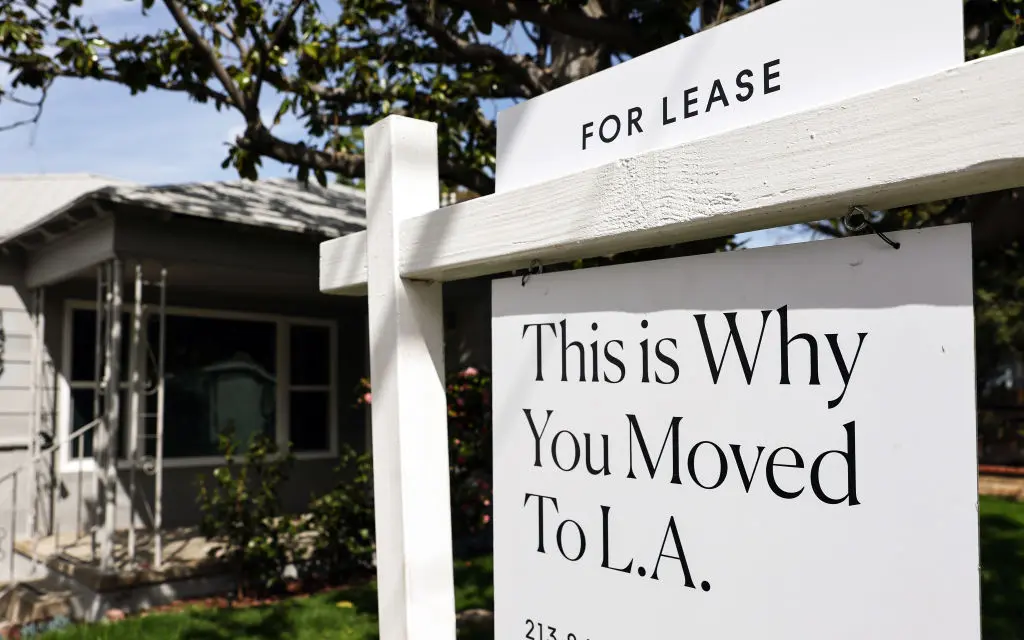Commentary
Every official in California claims to be working on solving the housing and homelessness crises. New Los Angeles Mayor Karen Bass campaigned to “bring leadership, accountability and action to dramatically reduce homelessness and end street encampments in Los Angeles.” Upon taking office, she “declared a State of Emergency on homelessness.”





